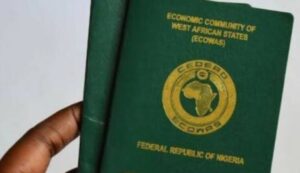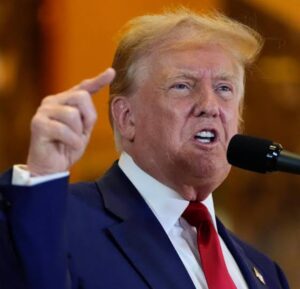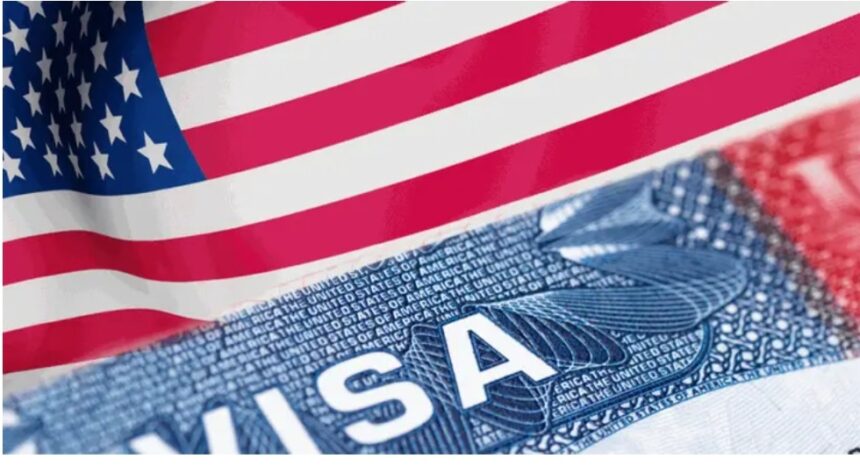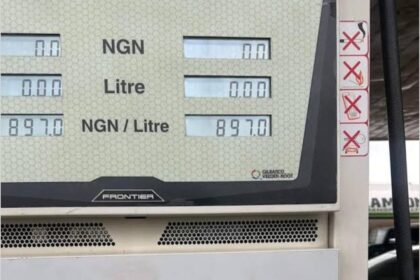If you’ve ever dreamed of setting foot in the United States or getting visas whether to study, work, visit family, or explore opportunities there’s one gatekeeper you’ll need to get past, a U.S. visa.
Visas are official permissions granted to foreigners to enter the U.S. legally. The kind of visa you’ll need depends entirely on why you’re traveling and how long you plan to stay. Some are for short visits, others for long-term commitments.
Here are the types of U.S. visas that could help open the door for your next journey. …CONTINUE READING


Tourist and Business Visas (B-1/B-2)
The B-1/B-2 visa combo is one of the most common ways people legally enter the U.S. The B-1 is for business activities like attending meetings, settling estates, or negotiating contracts.
The B-2 is for tourism, vacations, family visits, or even medical treatment.
To qualify, you’ll need to prove that your stay is temporary and that you’ve got the funds to support yourself during your visit. You also need to convince the consular officer that you’ll return home after your trip.
Student Visas (F-1, M-1)
If you’re looking to study in the U.S., you’ll likely need an F-1 or M-1 visa. The F-1 is for academic programs or language training at recognized institutions. The M-1 is more for vocational or technical schools.
Before you can even apply, a U.S. school must accept you and send you the necessary paperwork (usually an I-20 form). Once that’s in hand, you’re eligible to begin the visa process and plan your arrival.
Religious Worker Visa (R-1)
This visa is designed for individuals coming to the U.S. to perform religious duties temporarily. That could be anything from preaching and teaching to conducting religious worship, as long as it’s done on behalf of a recognized religious organization.
Domestic Employee Visa (B-1, A-3, G-5)
Some people enter the U.S. as domestic staff accompanying foreign diplomats, government officials, or high-level executives. Depending on the employer’s status, these employees might receive a B-1, A-3, or G-5 visa.
This category covers housekeepers, cooks, drivers, nannies, and other personal staff. Each application must show the employer-employee relationship and meet certain employment conditions.
Media and Journalist Visa (I Visa)
Foreign journalists or media workers planning to report from the U.S. temporarily can apply for the I visa. It covers tasks like filming news reports, conducting interviews, or broadcasting live from U.S. soil.
Applicants must work for a media outlet based outside the U.S. and be coming specifically for media-related work, not personal travel.
Exchange Visitor Visa (J Visa)
The J visa is used for cultural and educational exchange programs. It’s meant to foster the sharing of knowledge and skills across borders.
You might qualify if you’re a student, teacher, researcher, trainee, or even an au pair. But to apply, you first need to be accepted into an approved exchange program sponsored by a U.S. organization.
Transit or Crew Visas (C and D Visas)
For those just passing through, there’s the C visa ideal for foreign nationals who need to stop over in the U.S. on the way to another country.
If you’re a crew member on a ship or airline, the D visa is your ticket. You might need both C and D visas if you plan to transit through and then work while docked or grounded in the U.S.
Intracompany Transfer Visa (L-1)
This visa is made for employees of international companies who are being transferred to a U.S. branch, subsidiary, or affiliate. It’s common among managers, executives, or specialists moving between global offices.
Applicants need to have worked for the company abroad for at least one continuous year within the past three years.
Extraordinary Ability Visa (O-1)
Are you exceptionally talented in science, education, the arts, athletics, or even film and television? The O-1 visa might be your golden ticket.
It’s reserved for people who have achieved national or international acclaim in their fields. But be warned, you’ll need to provide serious proof of your accomplishments.
Work Visas (H-1B, H-2A, H-2B, H-3)
The U.S. offers several types of work visas depending on your job and qualifications:
H-1B: For professionals in specialized fields like tech, engineering, or healthcare.
H-2A: For seasonal agricultural jobs.
H-2B: For non-agricultural roles, often in hospitality, landscaping, or construction.
H-3: For those coming to receive training not available in their home country.
These visas often require a U.S. employer to sponsor you and prove that your role can’t easily be filled by an American worker.




